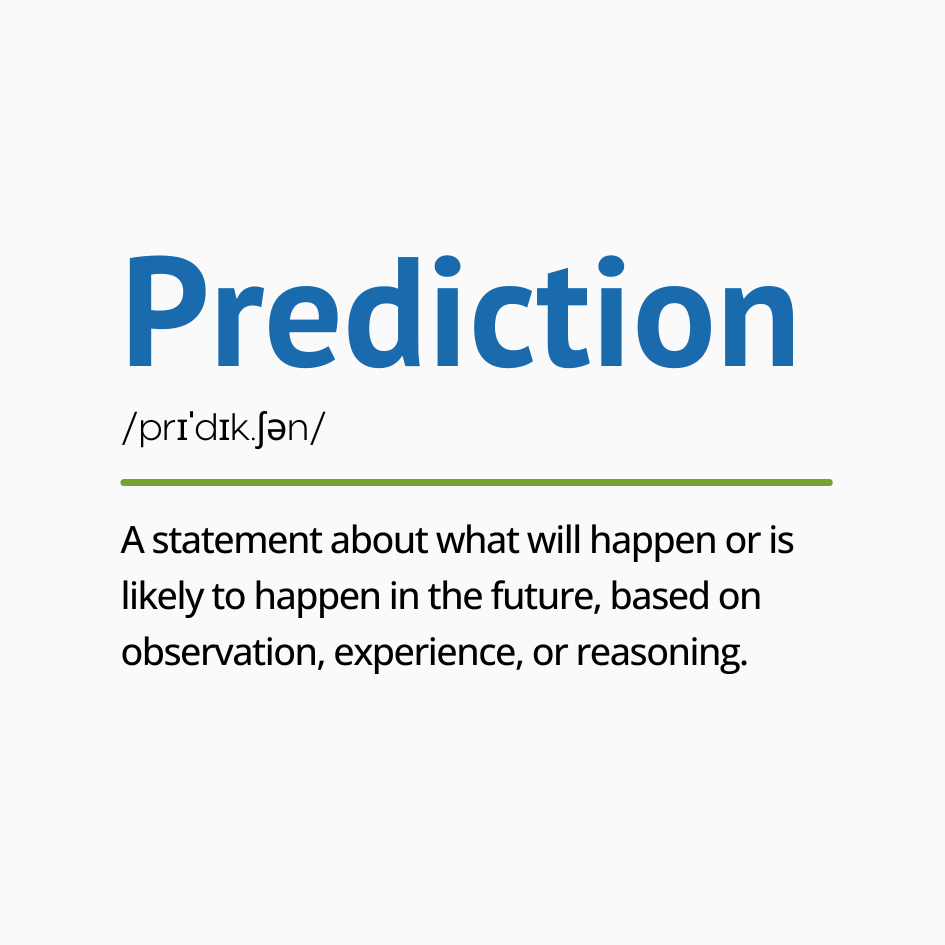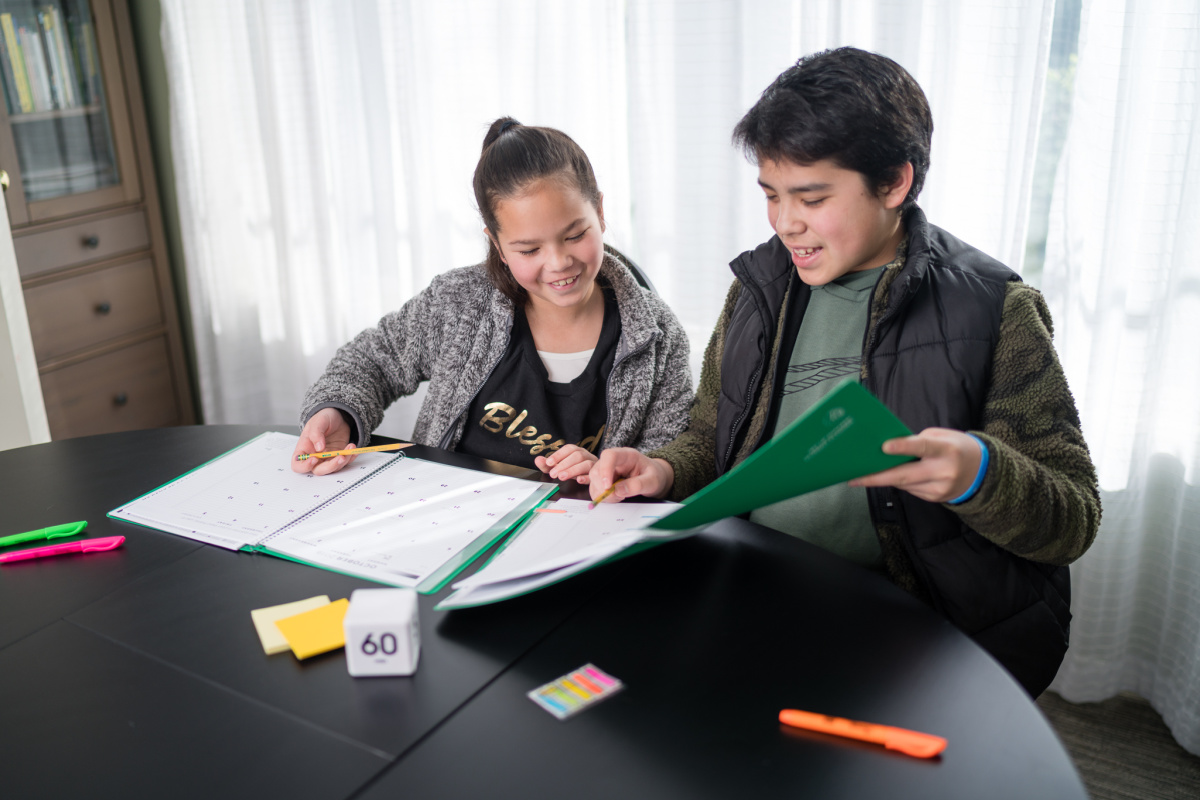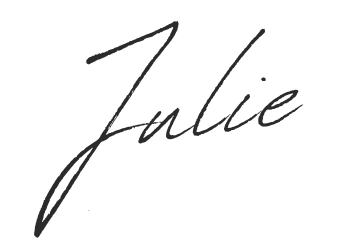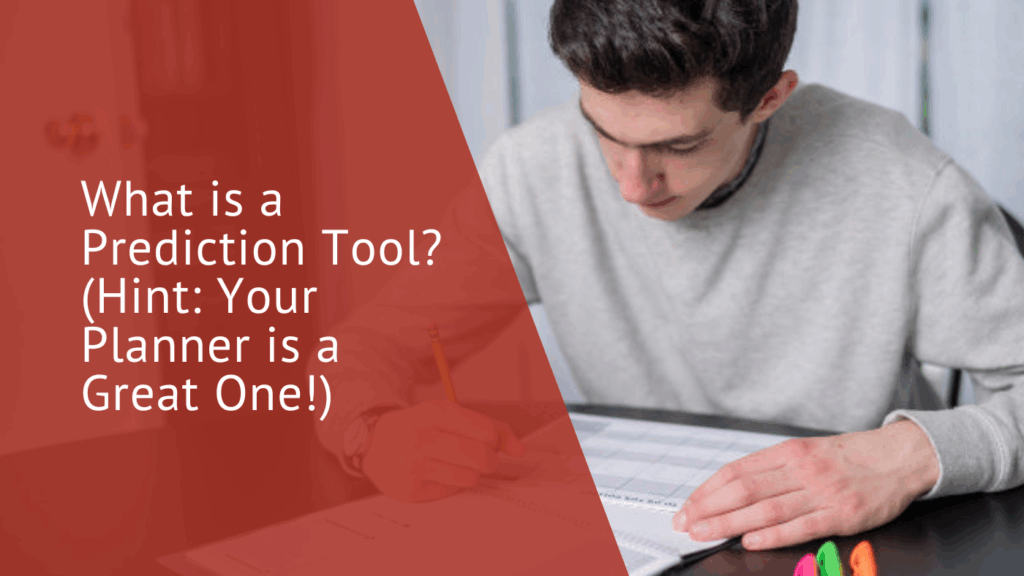By now, many of you know that our 2025–26 Academic Planners are printing and shipping, so it felt right to mention them in this month’s blog. The tricky part was figuring out what I wanted to say about them!
Then something pretty cool happened. I was introduced to Wendy Wray from The Shadow Project, a Portland-based nonprofit doing powerful work in local classrooms. They’re helping students engage more meaningfully in their education through the use of goal-setting.
As we talked, I was struck by how closely their philosophy aligns with ours. At Executive Functioning Success, we use the word “goal” a lot. Specifically, in the Seeing My Time Program, we guide clients to make small changes as they work toward their executive function goals. We define those goals, and then we introduce strategies to help reach them.
For kids, the challenge is connecting with the concept of goal-setting. We help them to understand why and how their brain benefits, so that goal-setting becomes a natural part of their routine.
 My conversation with Wendy at the Shadow Project brought me back to last summer, when I spent a week studying with Judy Willis, MD, neuroscientist, teacher and author of the book Research-Based Strategies to Ignite Student Learning.
My conversation with Wendy at the Shadow Project brought me back to last summer, when I spent a week studying with Judy Willis, MD, neuroscientist, teacher and author of the book Research-Based Strategies to Ignite Student Learning.
Dr. Willis talks a lot about motivation and how the dopamine reward system operates in the brain. According to her, to activate the brain’s reward system, we need to make a “prediction.”
The definition of a prediction is “A statement about what will happen or is likely to happen in the future, based on observation, experience, or reasoning.” And in the world of neuroscience and education, a prediction is often seen as the brain’s way of anticipating outcomes based on past experience.
So let’s break this down. A prediction is a statement about the future (from pre, meaning before, and diction, meaning to speak). A goal is an intended result. Pretty similar, right?
Using the Power of Prediction for Successful Planning
All three of us (The Shadow Project, Dr. Willis, and EFS) agree on this: goals or predictions that feel achievable are incredibly powerful when it comes to changing behavior. In fact, research shows that the brain will keep working toward a prediction, even if it’s wrong 80% of the time.
So what does all this thinking about predictions and goals have to do with planners?
Well, whenever I hear the word planner, I inwardly cringe a little. Many of my clients do the same. Instantly, comments like, “I’ve tried a planner. It doesn’t work,” or “It’s just one more thing to keep track of” come to mind.
But what if we reframed what a planner actually IS?
What if we thought of the planner as a prediction tool?
When I plan my week, I use metacognition to make predictions. I’m forecasting how I’ll use my time, what will fill the open spaces in my days, and what goals or projects I hope to move forward with.
I never expect those predictions to be perfect. I make my best guess, adjust as needed, and try again.

That’s the true value of a planner. It’s not about writing things down just to check a box or copying events from one place to another. It’s about giving your brain a place to engage in future thinking. That means making thoughtful decisions today that support your goals for tomorrow. I think that’s what the Seeing My Time and Set Up Success planners do really well.
A planner helps you visualize time, set realistic expectations, spark the motivation to begin, and then to keep going and thrive.
So whatever planner you choose to predict your future, may the choices you make today be a gift to yourself tomorrow.
Happy predicting,


